#Vancouver giants
Explore tagged Tumblr posts
Text
Love and light to the schedule makers, I know they’re doing their best to work around football and acts of god such as Taylor Swift concerts. NHL has scheduled one (1) game tonight. Are you searching for hockey to watch? How about some FREE hockey?
Every Wednesday the WHL streams a game for free on youtube. Today we have the Victoria Royals vs the Vancouver Giants! They play an hour from now.
If you want a sneak peek at someone who is absolutely about to get disrespected at the Draft you’ll want to watch this game. He plays for the Giants. His name is Cameron Schmidt (#19), he oozes dynamic offensive talent, he’s fast as hell, he’s extremely exciting to watch. Unfortunately he’s 5 foot 7. Here’s a fun highlight reel. <- THIS IS WHAT ITS ALL ABOUT!!!!
30 notes
·
View notes
Text

more whistle ✨
#hockey#ice hockey#nhl#whl#cute art#hockey bean#blorbo#vancouver giants#vancouver canucks#kelowna rockets#cute hockey player#sports#my art#fanartist#artwork#my baby my baby#random guy#uranium#besko I have a crippling addiction to uranium
11 notes
·
View notes
Text


2 notes
·
View notes
Text
*** This is so funny!
2 notes
·
View notes
Text




Cucurbita maxima (giant pumpkin)
Street Pumpkin
It can be hard to identify the species of a squash plant when you pass one on the street. Most squash flowers are either yellow or orange, so not many clues there. I think this is probably a giant pumpkin, Cucurbita maxima. True the leaves are a bit small and the vines are quite short but in late-July, it's just getting started. Hey, and cut this poor scrawny pumpkin a little slack! It's growing in a smallish pot, it's trailing onto a concrete sidewalk and it's vine is surrounded by weeds and cigarette butts.
Pumpkins have both male and female flowers on the same plant and they bloom as a couple. The male flowers are big and showy, and grow on long stalks. Female flowers are smaller and close to the ground - all the better to support the Great Pumpkin once Halloween arrives. In their native habitat, pumpkins are usually pollinated by squash bees but home gardeners elsewhere are advised to do this job by hand, with a Q-tip.
The squash genus, Cucurbita, is native to Mesoamerica and the Andes. This genus contains pumpkins, cucumbers, gourds and many types of squash (mmm, butternut is my fave!). As with tomatoes, potatoes, peppers and corn, when pumpkins were transferred from the New World to the Old World they were a roaring success. In 2020, world production of pumpkins was 28 million metric tonnes, with China accounting for 27% of the total. In that year, Ukraine and Russia each produced about one million tonnes of pumpkins a year but I suspect the war in Ukraine has affected those statistics.
#flowers#photographers on tumblr#giant pumpkin#gardening#It's the Great Pumpkin Charlie Brown#fleurs#flores#fiori#blumen#bloemen#Vancouver
61 notes
·
View notes
Text
You guys 😭 I saw on twitter( as always) that Tommy Devito is now dating Huggys ex girlfriend Olivia 😭 and that made me giggle
10 notes
·
View notes
Text
Do you have this plush?
Giant Squid Stuffy, by Vancouver Aquarium
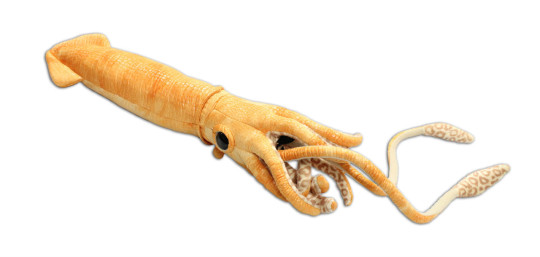
17 notes
·
View notes
Text
If you don’t want to get knocked down by our giant russian, stay out of the way 🤷♀️
4 notes
·
View notes
Text

Big Lonely Doug (Port Renfrew)
#big lonely Doug#port renfrew#vancouver island#the last stand#save old growth#giant trees#share vi#explorebc#hiking#hiking vancouver island#nature photography
24 notes
·
View notes
Text
ik y’all don’t care for the eihl but…

#Jackson whistle#hockey#ice hockey#nhl#goaltender#hockey bean#belfast giants#eihl#sheffield steelers#nottingham panthers#kelowna rockets#Vancouver giants#he deserved better#justice for blorbo#Goalie man#goober#uranium#niche interests#fanartist#my fanart#hockey offseason
7 notes
·
View notes
Text
Met the most beautiful woman today
8 notes
·
View notes
Text








9/16/23 - Vancouver B.C
Both border agents going and coming back asked about my Florida plate and commented on how I was rather far from home.
Vancouver is amazing though! It’s as if Boston was placed at the foothills of some epic mountains. Yet the density of buildings is something I haven’t seen in a long time, sooooooo cool. Truly awe struck by the mountain range just across the river though, it feels like a taste of what Alaska and the greater frontier has to offer. ( next big road trip - Juneau )
I also spent over an hour just watching the sea plane operations - how incredible is it to have such an active and used seaplane port like that right in the heart of the city. Truly love it - if it weren’t for Canadian aviation being in shambles I would absolutely love to do that job.
#pic#traveling#Vancouver#road trip#giant pumpkins#first time crossing a border by car#pretty effortless just the usual questions#they don’t stamp the book though….#I wanted my Canada entry stamp#speaking of which holy accent#I asked for the bathroom and genuinely didn’t understand me#one Bc it’s a washroom#two because the accent#amazing to hear#did feel like being in a European city again#wtf is a kilometer#I definitely want to go back but mainly to hike up the mountains to see that view
2 notes
·
View notes
Text
why did i pick some mid ass teams to like
let’s run it through:
Niners - mid
Warriors & Canucks - currently mid
SF Giants - mid
Hamilton Tiger-Cats - mid
me knowing i base too much happiness on how my fucking sports team is doing

#sports#nfl#thoughts#golden state warriors#vancouver canucks#sf giants#san francisco 49ers#nba#nhl#nba basketball#cfl#canadian football league
506 notes
·
View notes
Text
Vancouver Giants at Prince George Cougars 11/9 | WHL Highlights 2024-25
youtube
View On WordPress
0 notes
Text
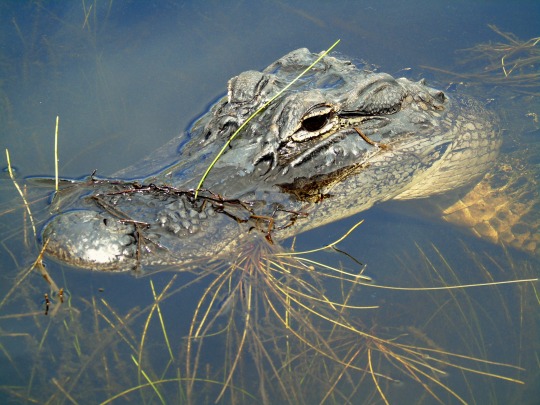


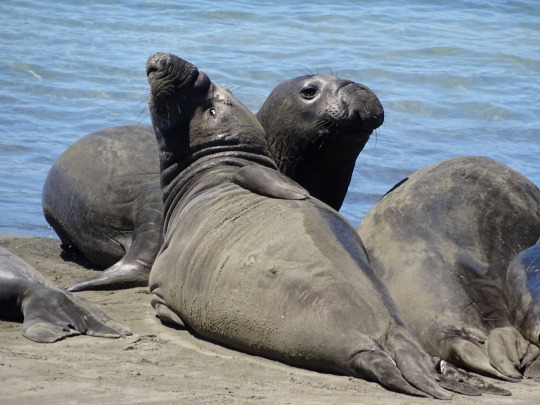


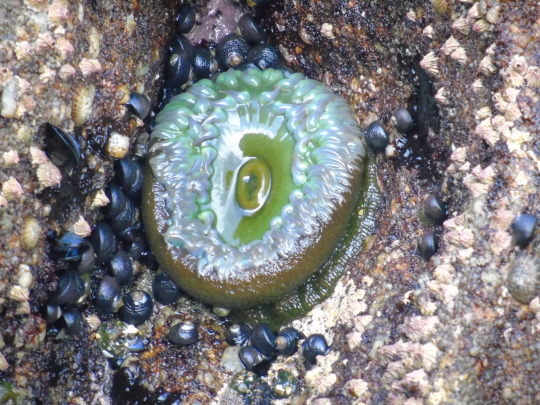

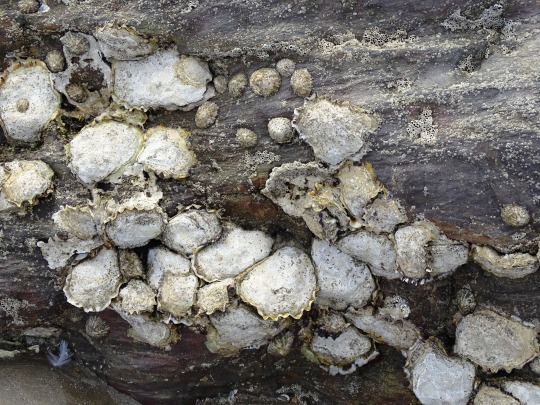
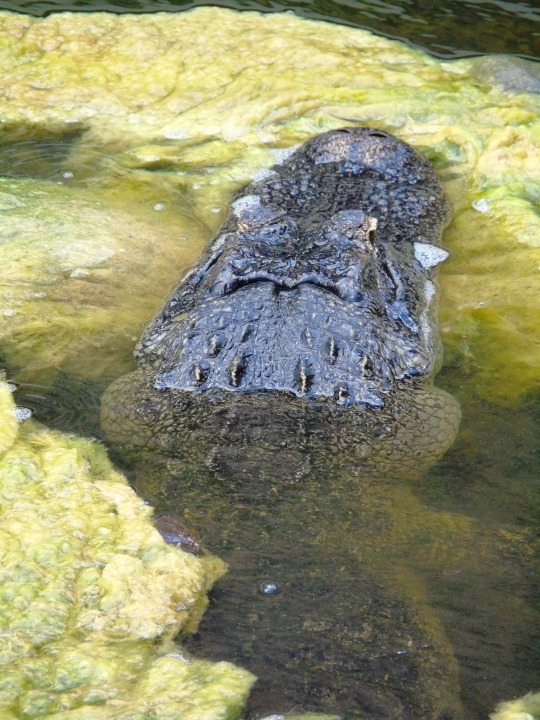

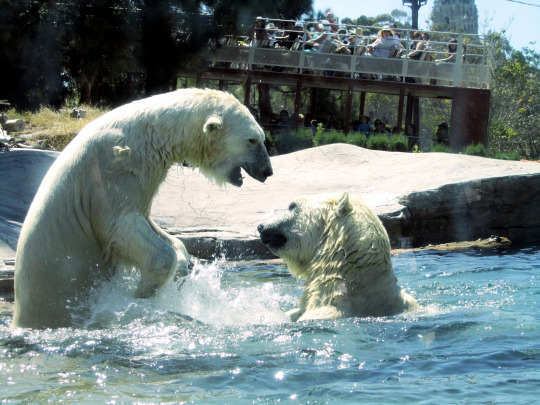
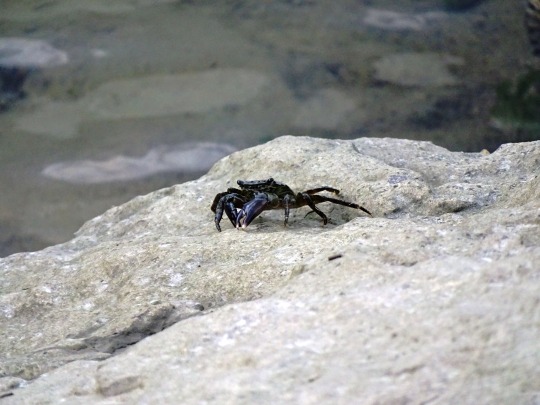






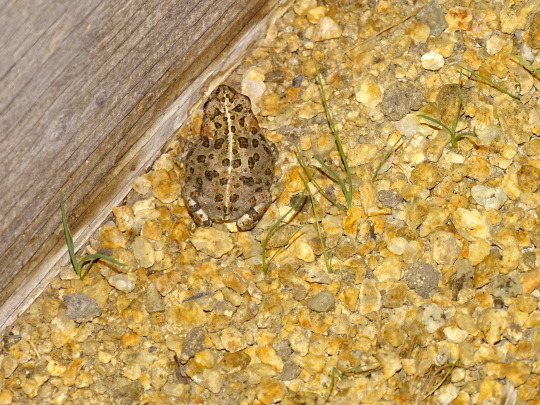
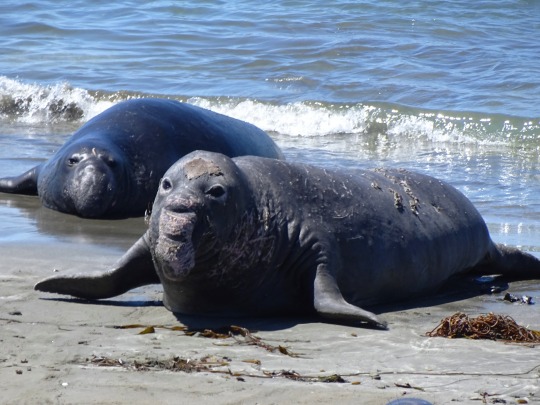
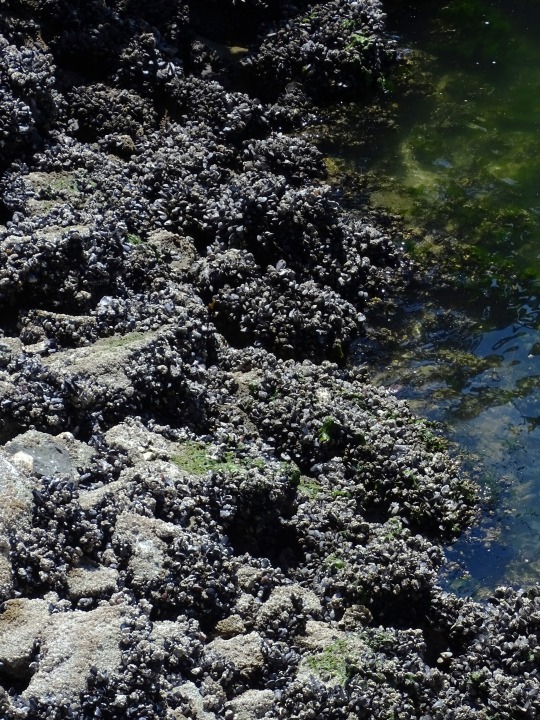


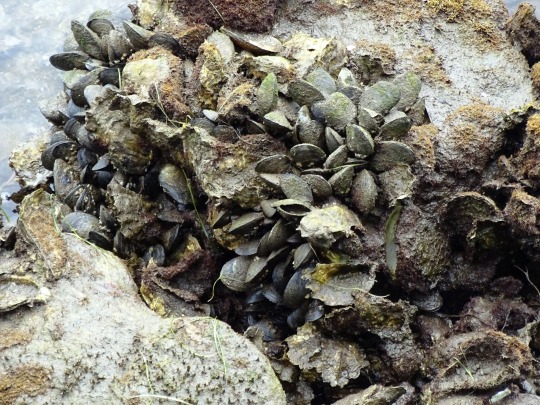

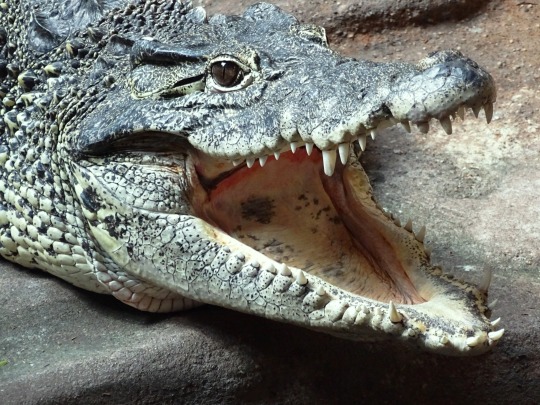

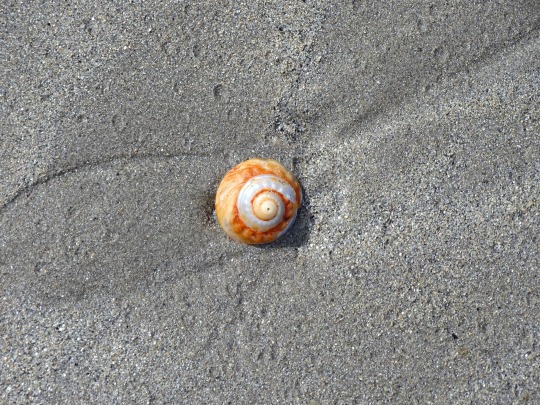
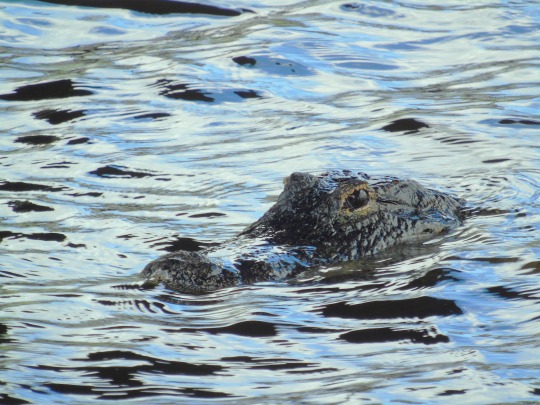
World Aquatic Animal Day
Because (most) humans do not actually live underwater, it is easy to forget the vast array and variety of aquatic animals that populate the oceans, seas, lakes, and other bodies of water on our planet!
Aquatic animals may be vertebrates or invertebrates. They may breathe air or extract oxygen through gills or the skin. And they may live in either freshwater or saltwater. But no matter what their differences are, one thing is for sure–aquatic animals deserve to be noticed and appreciated!
World Aquatic Animal Day is centered around humans taking the time to learn about and acknowledge the importance of all of these creatures who make their homes in the water.
History of World Aquatic Animal Day
Created in 2020, World Aquatic Animal Day was created by folks over at Animal Law Clinic at the Lewis & Clark Law School (Portland, Oregon, USA) who wanted to bring attention to the importance of aquatic animals to our societies and ecosystems. Widely used around the world, aquatic animals are often at risk due to the interactions humans have directly with the animals, or indirectly through the corruption of their habitats.
In addition to ‘fish’, the category of aquatic animals includes a variety of other creatures, such as mollusks, crustaceans, aquatic birds, starfish, corals, aquatic insects, amphibians, marine mammals, reptiles, and more.
The idea for World Aquatic Animal Day is to raise global awareness so that humans all over the world would band together to create policies, laws, education, and outreach that will help to protect these valuable animals. The hope is to elevate the status of these creatures so that people are more likely to take an active role in learning about and acting on behalf of them. Different ideas for protecting these animals continue to be featured, from plastic pollution to climate change issues.
Many organizations throughout the world participated in the first World Aquatic Animal Day in 2020, including Canada, Chile, Australia, South Africa, Kazakhstan, Kenya, Zimbabwe, Croatia, Norway, Russia, Switzerland, the United Kingdom and more.
The hope is that many more will join in for future days in the coming years. The more people who get involved, the better!
How to Celebrate World Aquatic Animal Day
Celebrating the animals under the sea is the idea of World Aquatic Animal Day, and there are tons of ways to do it!
Watch a Documentary about Sea Life
Getting educated about aquatic animals doesn’t have to be boring. Learning from film crews that have been deep-sea diving can be a thrilling way to see, enjoy and appreciate the myriad of animals that live in the water.
Try out these documentaries:
The Blue Planet (2001). First airing on the BBC, this riveting series of shows gives a glimpse into life in the ocean. It was filmed in more than 200 different locations over a five year time period. And Sir David Attenborough’s voice over simply makes the ocean seem that much more compelling.
Turtle: The Incredible Journey (2009). This film uniquely follows the life of one sea turtle beating the odds, from when she was hatched to facing the natural and unnatural threats that occur in the life of such a creature.
Mission Blue (2014). Featuring the life and work of Dr. Sylvia Earl, a marine biologist and oceanographer, this documentary shows her life as it is dedicated to the study of the ocean, having spent thousands of hours of time in its depths.
Life in the Blue (2016). Showcasing the extraordinary variety and range of life that exists in the expanses of the ocean, this documentary specifically targets what takes place just under the surface in a small band of 10 meter deep water. Whether looking for shelter or hunting and foraging for food, aquatic animals participate in a host of activities in this rather small space.
Host an Under the Sea Party
Get family and friends involved in raising awareness of the needs of aquatic animals by inviting them over for a party that dives deep into the theme. Make the place festive with sea-worthy decorations and play tunes from a water-themed playlist (see below).
Serve snacks and desserts that stick with the theme of honoring aquatic animals, including cupcakes adorned with gummy fish, goldfish cheese or graham crackers, cookies baked starfish shapes or a veggie tray organized in the shape of a rainbow fish.
Fruit treats are fabulous for sea-themed parties! Oranges can be easily fashioned to create the look of an octopus by partially peeling eight strips and then leaving them sticking out from the bottom. (Draw on eyes with a non-toxic marker.) Apples can be creatively sliced to appear as crabs, while banana halves can be adorned with an eye and the stem cut to look like dolphins. And a watermelon can be creatively carved to channel the look of a sea turtle!
Raise Awareness for Aquatic Animal Day
Get others involved in the issues facing these creatures by holding events at work, school, clubs or other places where the community gathers. Make posters, host lecturers, or create a family-friendly charity event where the money is raised to donated to underwater wildlife funds. Don’t forget to use your voice to let government representatives know about the need to protect these creatures by writing letters to ask them for better rules, regulations, and laws.
Put Together an Aquatic Animals Playlist
Getting into the groove of music is a great way to bring sea creatures to the forefront of the mind–whether alone or at a party! Gather some eclectic songs together in a playlist on Spotify or another music hosting venue and jam in honor of the aquatic animals.
Try some favorite songs such as these, or come up with other creative ideas:
Too Many Fish in the Sea (1983) by The Marvelettes
Under the Sea (1989) Soundtrack from The Little Mermaid
Dead Sea (2012) by The Lumineers
Sea of Love (1959) by Phil Phillips
Across the Sea (1996) by Weezer
Only the Ocean (2010) by Jack Johnson
Deep Ocean Vast Sea (1989) by Peter Murphy
Sittin’ on the Dock of the Bay (1968) by Otis Redding
Source
#World Aquatic Animal Day#WorldAquaticAnimalDay#3 April#American Alligator#Everglades National Park#original photography#wildlife#flora#fauna#travel#USA#Canada#beaver#harbor seal#Giant green anemone#Sea Otter#Northern Elephant Seals#California sea lions#San Diego Zoo#polar bear#crocodile#Bronx Zoo#Indian Gharial#tourist attraction#summer vacation#vacation#Viveiro#Spain#Vancouver#most of them are wildlife
0 notes
Text
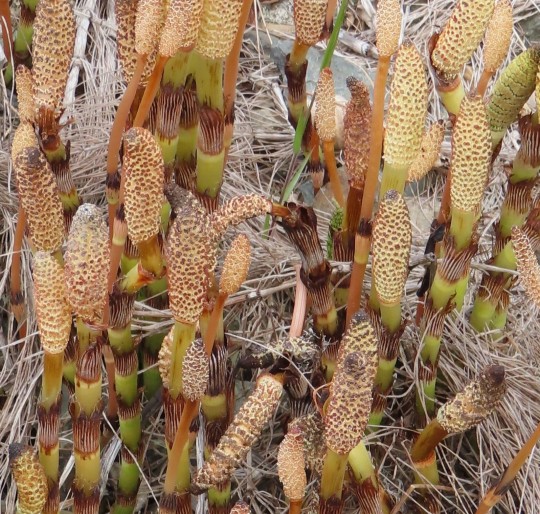
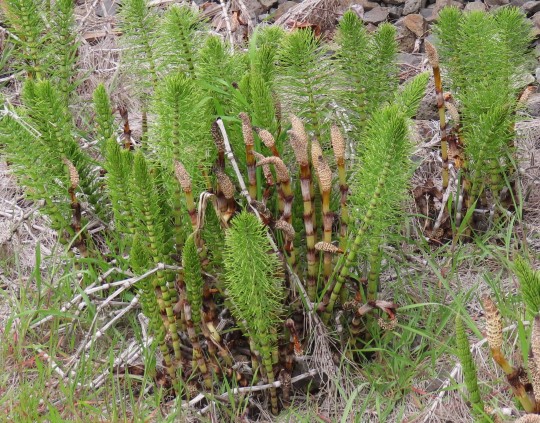


Equisetum telmateia subsp. braunii (giant horsetail)
Strange things are going on - on the other side of the tracks.
In the spring, horsetails produce these alien spore cones, technically called a strobilus. Horsetails are very ancient plants, the earliest ones go back to the Devonian, 380 million years ago. Land plants had just invented roots, leaves and seeds at this time and horsetails were right there at the beginning: Act 1, Scene 1. Equisetum telmateia has been accurately described as a 'living fossil'.
Horsetails have an interesting connection with the energy industry. In the Carboniferous period horsetails grew a hundred feet tall (30m) and those swamp forests produced over 90% of the world's coal deposits. As luck would have it, just as I was taking these photos, a CN freight train rumbled by with a hundred tanker cars of petroleum heading south. Of course oil is another type of fossil from Earth's ancient past. That's why they call it a fossil fuel.
#plants#photographers on tumblr#giant horsetail#native plants#spring plants#fleurs#flores#fiori#blumen#bloemen#Vancouver
63 notes
·
View notes